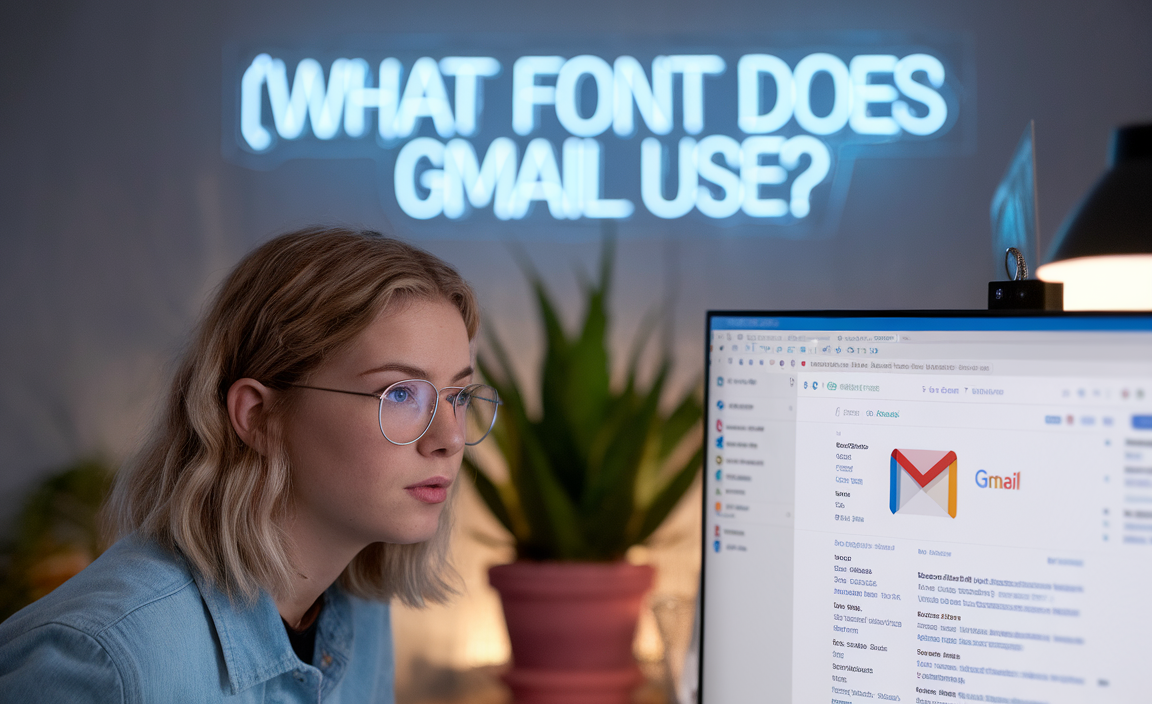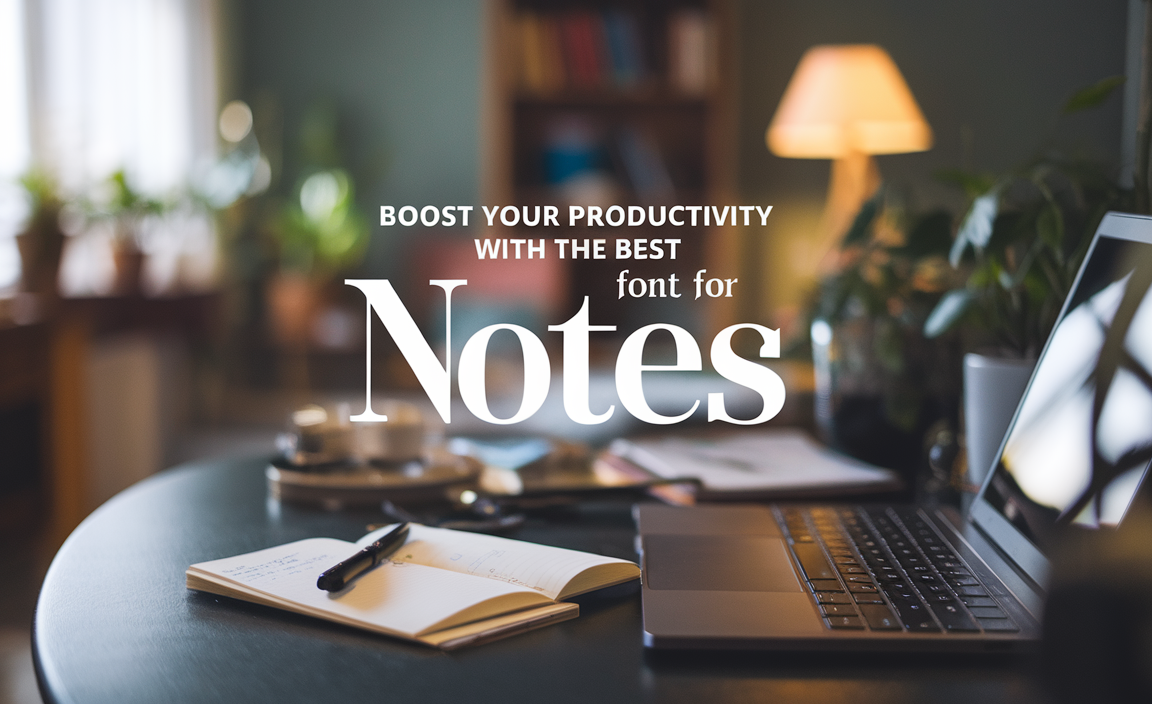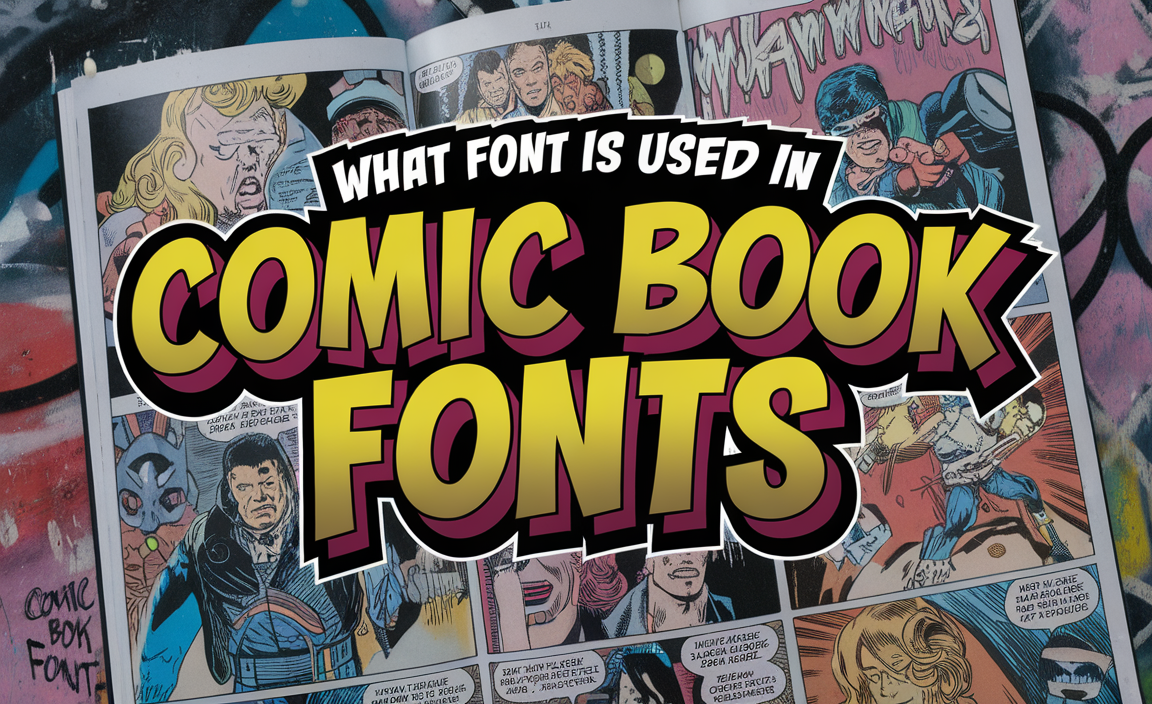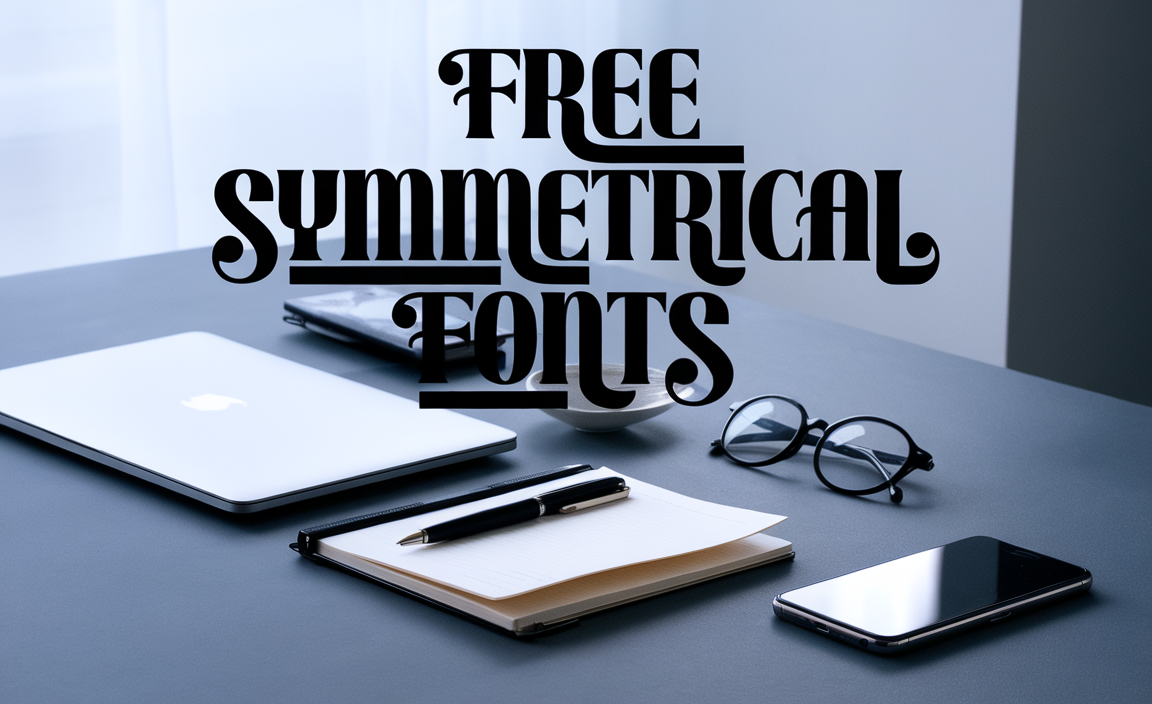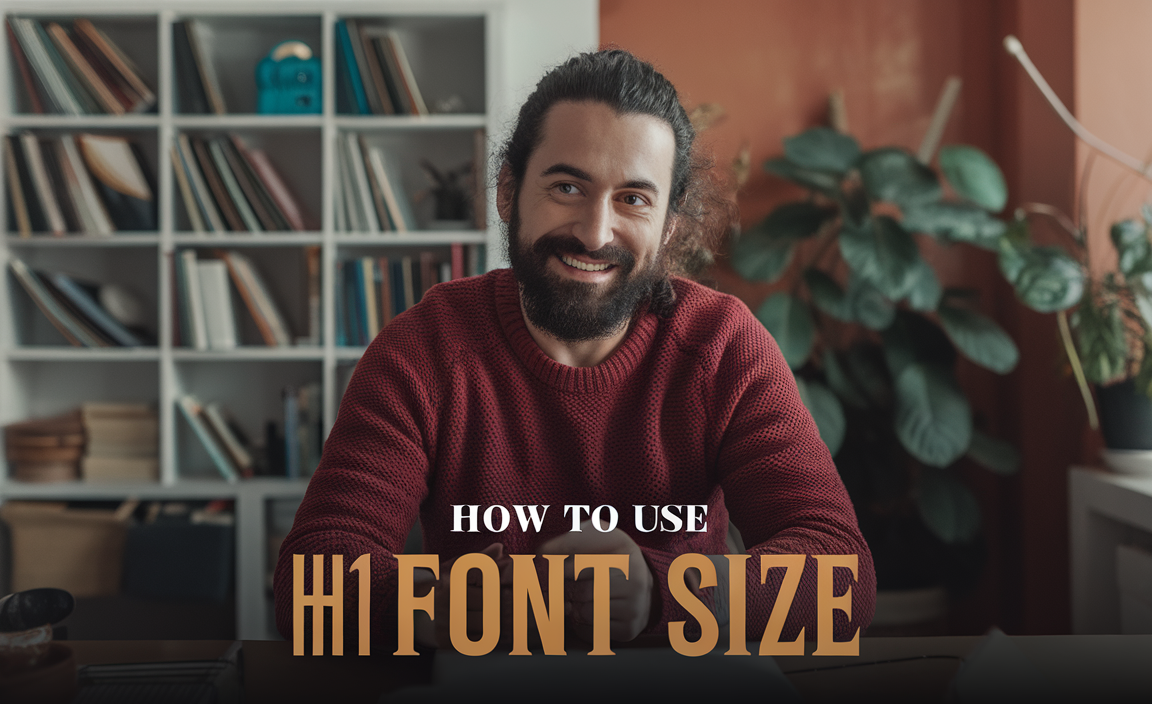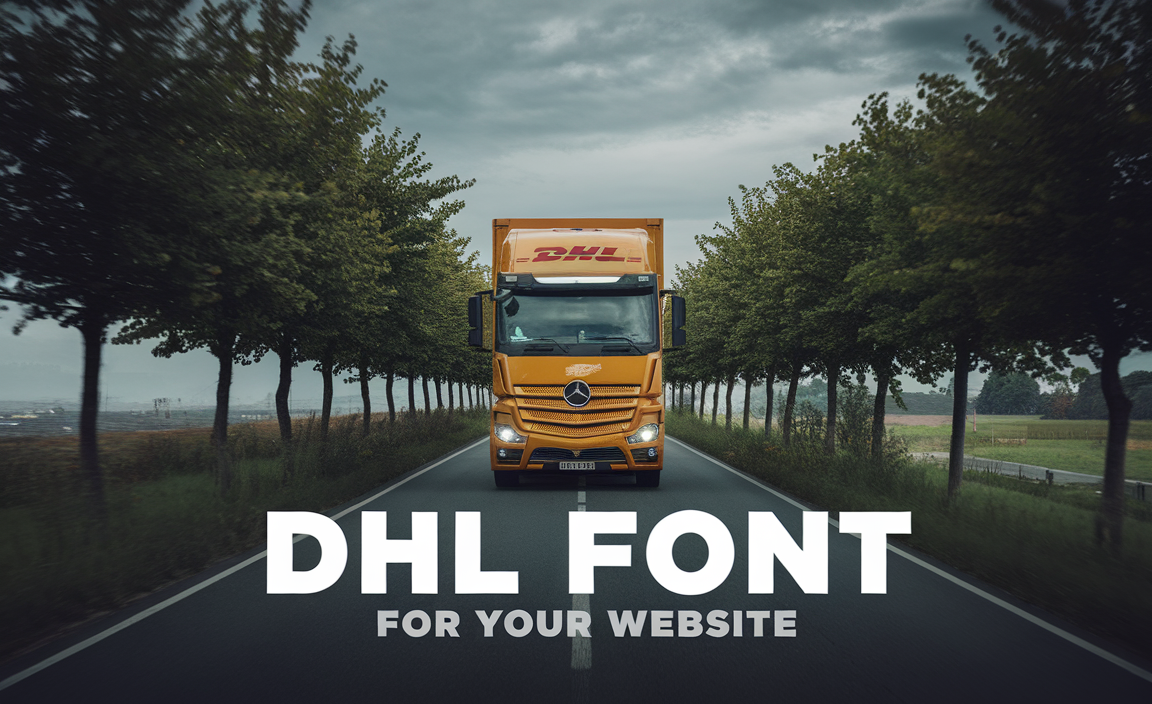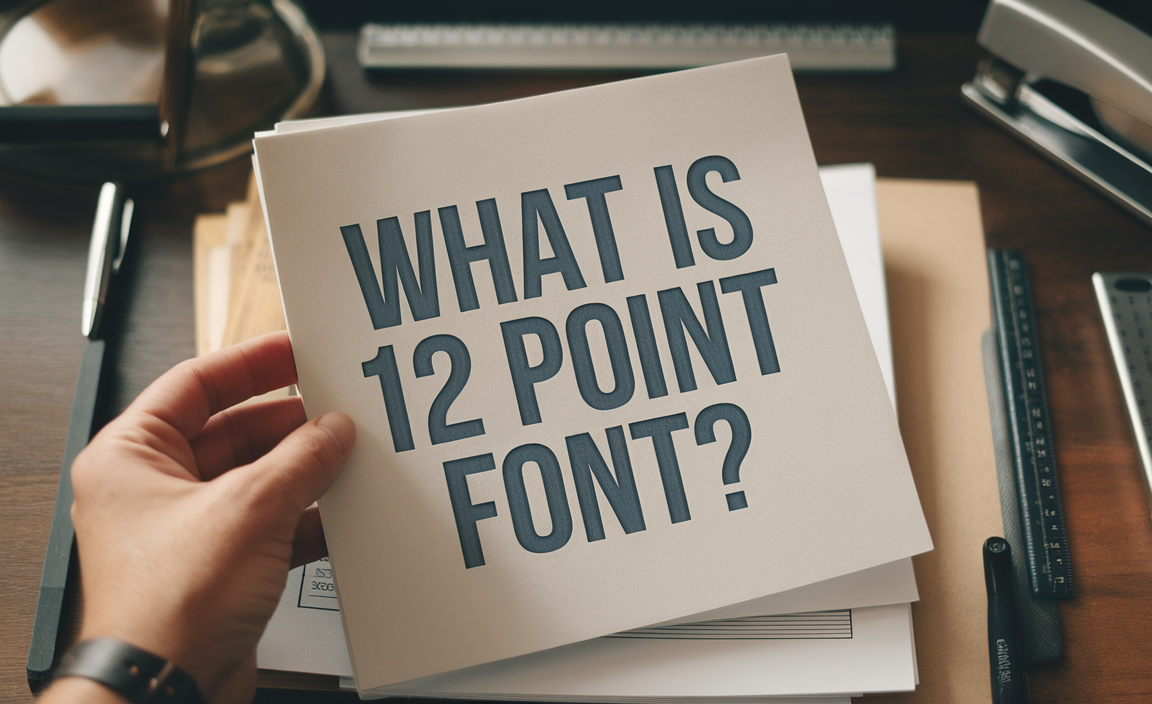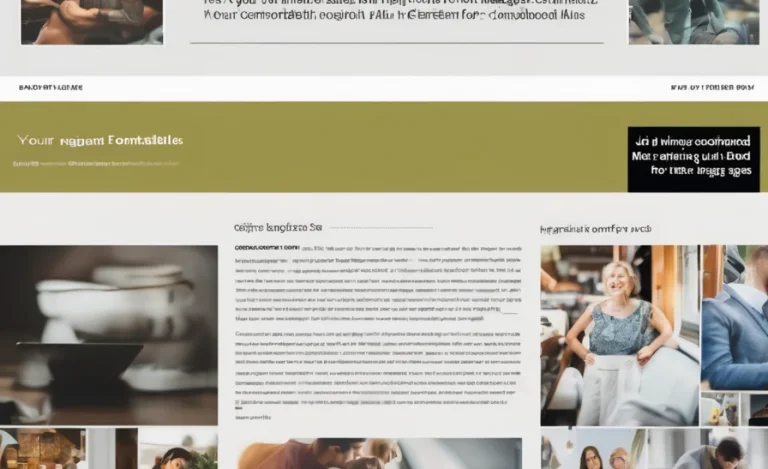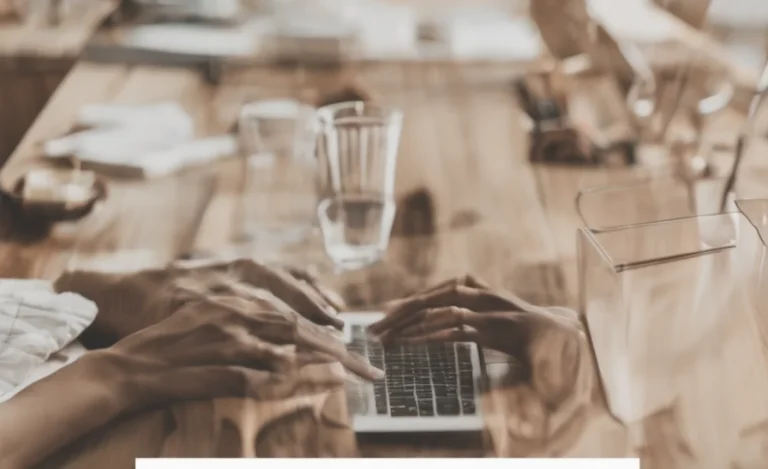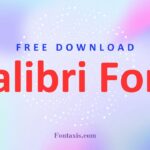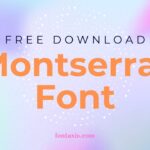Smallest pixel fonts have become highly popular among developers and designers. They are especially useful for applications with limited space.
These fonts are perfect for small text and body text in designs where legibility and pixel density are critical. They come in various sizes, making them suitable for screen sizes ranging from handheld devices to larger displays. The Smallest Pixel 7 font is a prime example of a font designed for this purpose.
Let’s explore the characteristics and features of Smallest Pixel 7, a bitmap font. Also, other similar small-size fonts have become essential tools in modern digital design.
![]()
Understanding Smallest Pixel Fonts
The Smallest Pixel 7 font is ideal for use in pixel art and small resolution displays. As the name suggests, it is one of the smallest readable fonts available. These pixel fonts are generally monospaced fonts, which means each character occupies the same amount of space on the screen. This is particularly useful for projects like pixel art or creating footnotes in printed materials or digital projects.
The Smallest Pixel 7 font is a bitmap font. Each letter and character comes with a set of pixels that form its shape. This type of font is ideal for low-resolution devices and small screens. It is often ideal in projects that require high precision and functionality.
Key Features and Characteristics of Smallest Pixel Fonts
- Pixel-Based Design:
Designers build the smallest pixel fonts using individual pixels. This structure makes them ideal for displaying clear text. They work best at smaller sizes. This design ensures that every letter is sharp and legible, even at reduced sizes.
- Monospaced Layout:
These fonts are often monospaced, meaning that each character takes up the same width, even for letters like ‘I’ and ‘W’. This is essential for designs requiring uniformity across characters, such as coding, digital displays, and pixel art projects.
- Low-Height, High Precision:
Small pixel fonts have a minimal height. Designers create each character to fit into a very small space. They provide maximum legibility at a minimal font size, making them perfect for small screen sizes and viewport sizes.
- Support for Multiple Glyphs:
Smallest pixel fonts like Smallest Pixel 7 support various glyphs and special characters, including uppercase and lowercase letters, numbers, punctuation marks, and more. This feature is crucial for ensuring that your character map includes all necessary symbols for communication and design purposes.
- Optimized for Small Resolutions:
These fonts cater to devices with small resolution screens. They work well on displays with low pixel density. They enable clear readability at small font sizes, even when viewed on smaller devices like smartphones or low-resolution displays.
- Responsive Design Compatibility:
Small pixel fonts are often part of a responsive design system. They adapt well to different screen sizes. Designers can resize them based on the device’s viewport size. This ensures consistency across platforms.
- Minimalist and Compact Style:
The minimalist design of these fonts makes them ideal for use in tight spaces, such as mobile app interfaces, gaming menus, or website footers. The small size helps maintain readability without taking up too much screen real estate.
How to Use Smallest Pixel Fonts
- Text Display: Whether you’re designing a retro-themed website, creating pixel art, or developing a responsive design, Smallest Pixel 7 and similar fonts are ideal for displaying small text in a compact layout.
- Device-Specific Layouts: These fonts are particularly useful for projects that require small text fonts on smaller devices with limited screen space. They ensure that text is readable on devices with lower pixel density without compromising the overall layout or design.
- Printing and Footnotes: The precision of these fonts also makes them suitable for printed materials like brochures or product manuals. For example, footnotes and disclaimers in small resolution sections of documents can be effectively written using these fonts.
- Platform Support: Small pixel fonts are compatible with various platforms, including web development, mobile applications, and embedded systems. You can use them in HTML for creating compact text blocks or HTTP-based services for better font size control.
Choosing the Right Font Size for Small Text
When selecting small text fonts, it’s essential to balance legibility and space. Choosing a smaller size font is often necessary for small resolution devices and compact layouts. However, the minimum width of each character must still be large enough to ensure the text is readable.
Some key considerations include:
- Font Size: Fonts like Smallest Pixel 7 can be adjusted for smaller sizes, allowing for flexible use in both small and larger font sizes.
- Device Compatibility: Ensure that the font size works well on different screen sizes and adjusts to varying pixel density.
- Precision: For text-heavy projects, ensure that characters in your font are pixel-perfect, especially when using them for things like footnotes or critical information.
Common Applications of Small Pixel Fonts
- Web Design: Perfect for small text elements, footers, and navigation menus on responsive designs.
- Mobile Applications: Ideal for creating small buttons and icons on apps, particularly for small screen sizes.
- Pixel Art Projects: Small pixel fonts are a staple in creating pixel art, where every glyph must fit within a tiny grid without losing detail.
- Printed Materials: While small font sizes are more commonly used in digital displays, they can also be useful in printed materials where space is limited.
FAQs
- What is the smallest pixel font size available? The smallest pixel fonts typically start at 3×3 pixels and can go up to 5×5 pixels, depending on the font style and legibility.
- Can I use Smallest Pixel 7 for commercial projects? No, Smallest Pixel 7 is free for personal use only. You would need to purchase a commercial license for business purposes.
- Are small pixel fonts legible on high-density screens? Yes, you can make small pixel fonts legible on both small resolution and high-density screens by adjusting the font size and pixel density properly.
- Can I adjust the size of Smallest Pixel 7 in my design? Yes, the font size can be adjusted to suit your project needs, but readability should always be considered when selecting smaller sizes.
- Are pixel fonts monospaced? Yes, many small pixel fonts like Smallest Pixel 7 are monospaced, meaning all characters take up the same amount of space.
- What is the purpose of using a bitmap font? Bitmap fonts are pixel-based and ideal for low-resolution displays or when you need pixel-perfect accuracy in your text.
- Can I use Smallest Pixel 7 in web design? Yes, Smallest Pixel 7 works well in web design, especially for compact text and responsive design elements.
- What is the best use case for small pixel fonts? Small pixel fonts are best used in pixel art, small displays, game development, or designs requiring compact, legible text.
Conclusion
Small pixel fonts like Smallest Pixel 7 offer a unique balance between legibility, precision, and compactness, making them essential for modern responsive design, pixel art, and projects with small resolution screens. Their ability to fit text into tight spaces while remaining readable makes them a go-to choice for developers and designers working on small screen sizes and minimalist projects.
By understanding the features of small pixel fonts and how to use them effectively, you can enhance your design’s clarity without sacrificing space, ensuring a great user experience across all devices and platforms.

